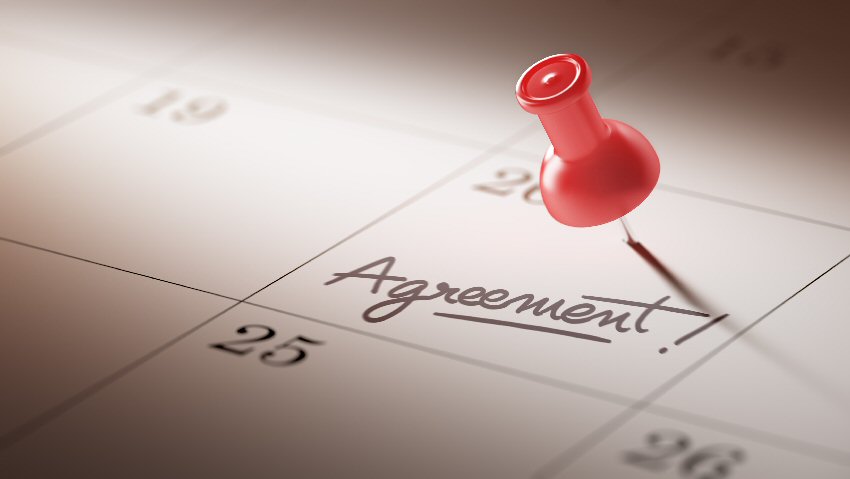
Sale and leaseback transactions are much discussed and often promoted by surveyors and solicitors, unsurprisingly given that the yield often makes this a lucrative area of work for professional advisors. However, it is in nobody’s interest to promote a strategy where it is not suitable, so it is important to establish that sale and leaseback is the best strategic route for the future stability and resilience of a practice, and where this is the case, I have advised as such.
What is a sale and leaseback transaction?
Sale and leasebacks apply to practices where the surgery is a partnership owned asset (i.e. in owner occupation) and where in effect we are separating ownership from occupation. The freehold of the property can be sold to a property company or private investor who will become the landlord (this is the sale part of the transaction), with the occupying Practice remaining in occupation by way of a lease.
This means the occupational and operational arrangements of the practice need not change, to the extent that patients will be none the wiser and commonly the staff of the practice will also not be affected. These transactions can be handled very discretely.
Why is now a good time for sale and leasebacks?
I have seen an increase in the relevance of sale and leaseback opportunities often following on from undertaking a valuation for partnership purposes. With interest rates still at an historical low, investment yields are also low. This is largely driven by demand with many property investors seeing commercial property, and in particular healthcare property, as a secure investment.
The low yields being paid by investors for property transactions is having a knock-on effect on the values surveyors are reporting when undertaking valuations for partnership purposes. Whilst this is often good news for the retiring partners, it is not such good news for prospective partners, who might find themselves faced with a buy-in price higher than was perhaps expected. The issues surrounding recruitment and retention of GPs is well known; such further barriers to recruitment are unwelcome.
A sale and leaseback transaction will often release capital to pay off retiring partners (as well as hopefully leaving a surplus). To have the practice continue in occupation as before but now by way of a lease and without a buy-in price, can make the partnership more attractive for recruitment (although even then some partners are reluctant to sign a lease).
In partnerships where there are property owning partners, non-property owning partners and salaried doctors all thrown into the mix, there is sometimes a “them and us” atmosphere which has not been conducive to a dynamic and resilient practice. Effecting a sale and leaseback whereby the distinction between property owning partners and non-property owning partners is removed, has often encouraged salaried doctors to become partners, which has had the effect of improving the cohesion and sustainability of the practice.
What are the pros and cons of a sale and leaseback?
Advantages:
- Removes property from being a partnership asset.
- Releases capital to the partners.
- Sale prices are particularly high at the moment due to low interest rates.
- Can ease the recruitment of prospective partners.
- Removes debt from partnership and individual partners.
- Provides capital to pay off retiring partners.
- Can make the partnership more flexible and sustainable.
Disadvantages:
- The lease is a liability.
- Obligation to repair can be similar to owning the property.
- Obligation to pay rent.
- Need to ensure that the lease rent and rent reimbursement are in parity, save for issue of third party occupiers, such as pharmacy.
- May have obligation to sub-lease parts of the premises (e.g. to community staff).
- Liability to pay dilapidations (reinstatement of property at the end of the lease).
These are the main issues that need to be discussed with the practice, with the ultimate sale price being largely influenced by the terms of the lease. It is essential to engage in discussion with the practice to understand the aspirations and objectives of the sale and leaseback between maximising price and some flexibility within the lease. There can be a sliding scale of options, with the eventual sale price target often being driven by the extent of mortgages to be redeemed, together with any penalties to be paid.
Often the discussions concern the age profile of the current partners and the general attitude towards risk and liabilities.
For a sale and leaseback to proceed, it is essential to have the approval of NHS England/Clinical Commissioning Group. This isn’t in connection with the sale, but rather in terms of the proposed lease. This makes sense in that the lease length needs to be commensurate with the age and quality of the premises, which in turn needs to be reflective of possible NHS Estates strategy. It follows that it is not appropriate to seek a 25-year lease on a house conversion type surgery that might have an extant patient list of circa 3,000. In such instances, a lease of, say, 10 years may be the maximum likely to be approved, possibly with a break option in the fifth year. For modern, purpose-built medical centres, leases of 15-20 years are sometimes approved and often a lease of this length is required in order to generate sufficient capital value to cover the redemption of mortgages and associated penalty costs.
What is the impact on rent?
There is an important subtlety in the NHS Premises Directions which is sometimes overlooked. Many people in primary care (or indeed professional advisors) talk about notional rent, Current Market Rent and rent reimbursement interchangeably. Certainly notional rent and Current Market Rent have the same meaning, however rent reimbursement is different. Notional rent/Current Market Rent applies to surgeries that are owner occupied with rent reimbursement being applicable to leased premises. It follows that the practice will switch from the former to the latter when a sale and leaseback transaction has been effected. The amount of rent reimbursed to a practice can only change if the lease rent has changed first. This means that at rent review, if the rent changes and the practice then applies for rent reimbursement of a higher level of rent, the NHS and District Valuer cannot review the amount of rent reimbursed on their own accord. The amount of rent reimbursement as assessed by the District Valuer is to have regard to the terms of the lease. This rent again can be negotiated with the District Valuer at the appropriate time, ultimately with recourse to dispute proceedings if necessary.
What are the VAT implications?
Property is unusual in that there is a general exemption from VAT unless the owner of the building elects the property to be subject to VAT. If VAT is elected, then the rent charged under the lease will be subject to VAT. If this occurs, then even if the sale and leaseback transaction has been undertaken at the same amount of rent as the previous notional rent, the revenue cost to the CCG will now be 20% higher due to VAT. Part of the NHS approval process considers this point with the NHS sometimes not approving leases where VAT is to be levied. There are, however, circumstances where it is appropriate for VAT to be levied.
As you will see from the foregoing, there are many issues to be considered in effecting a sale and leaseback transactions. These points need to be considered further with often there being advice taken from surveyors, solicitors and accountants as to the impact of undertaking such a transaction.

